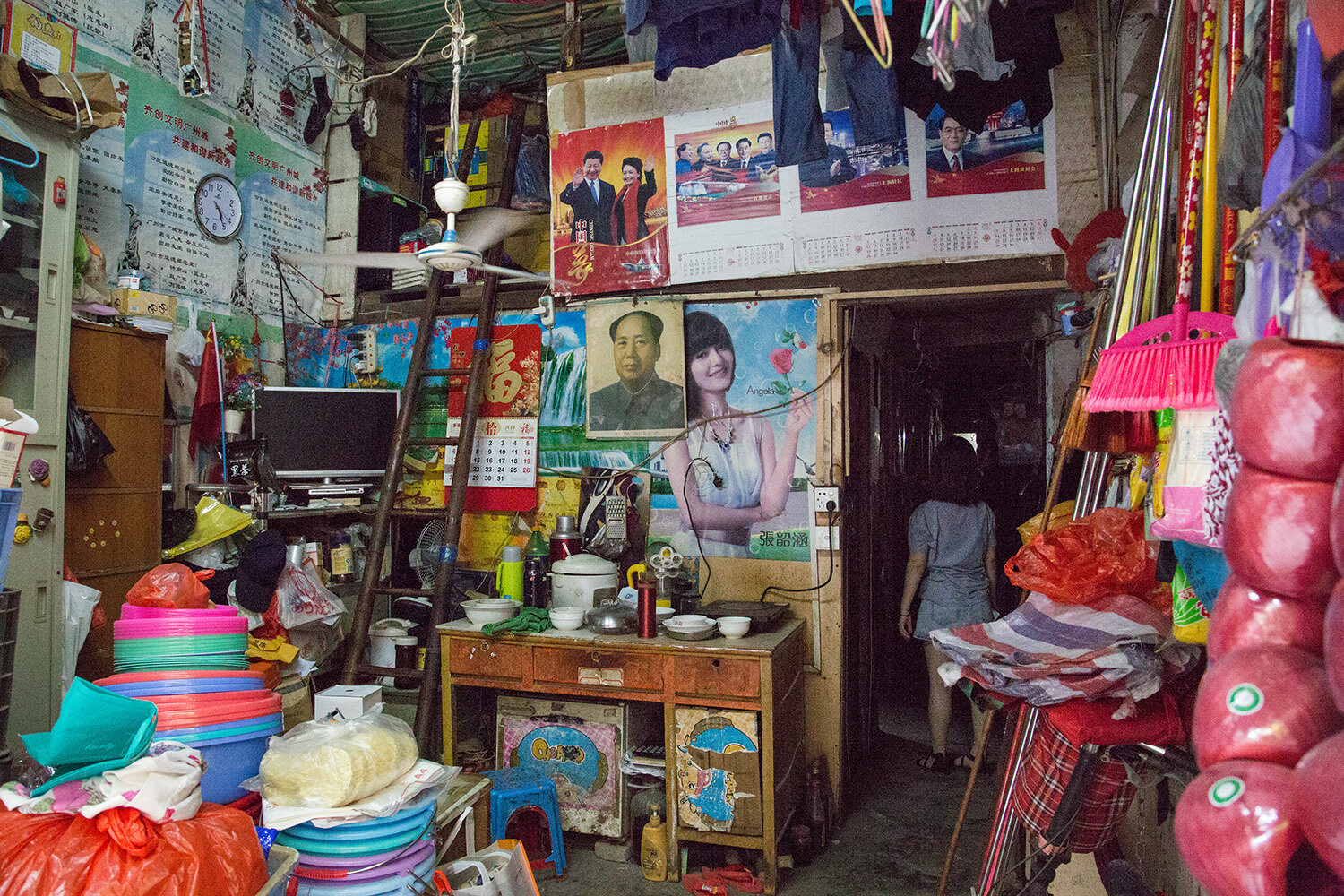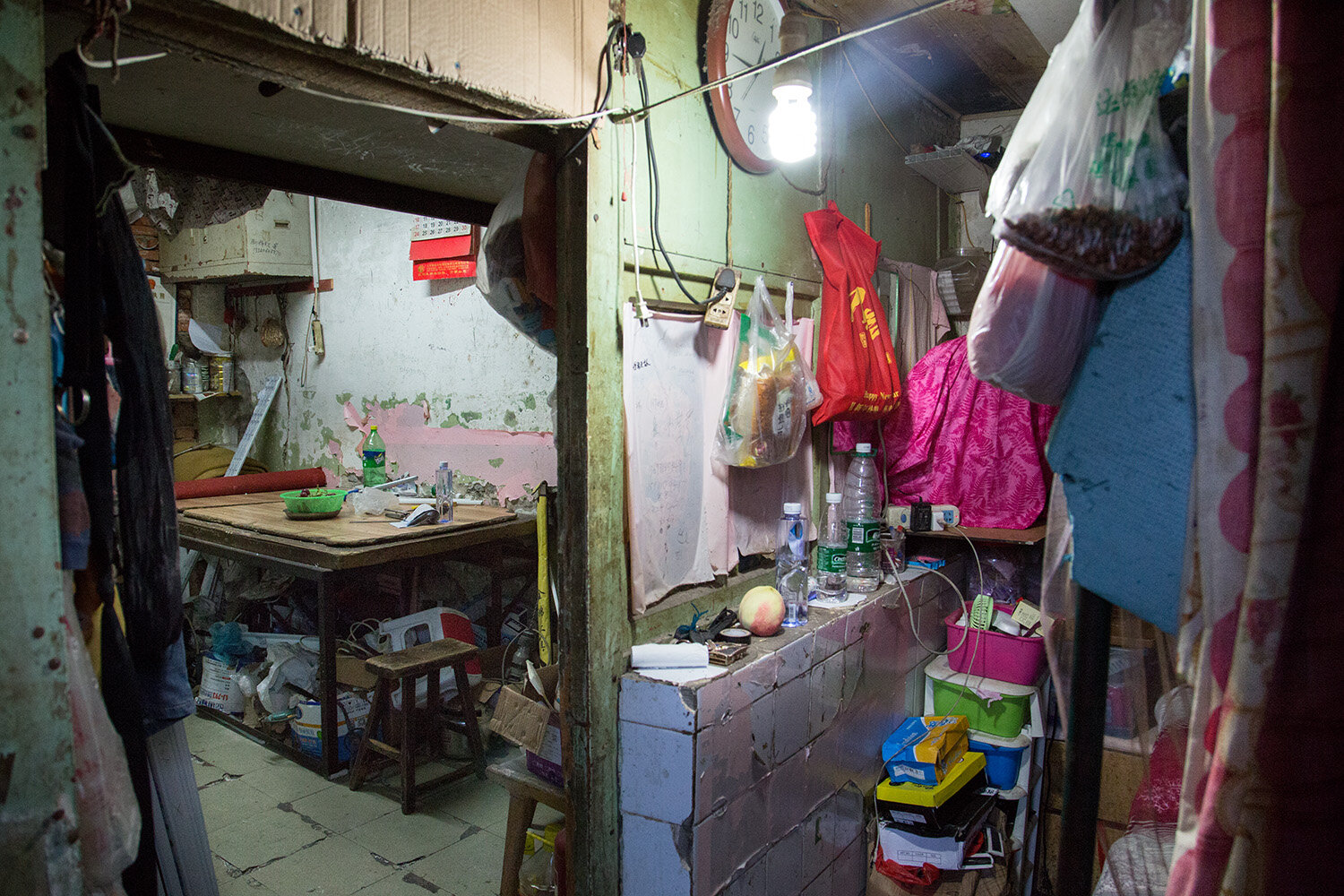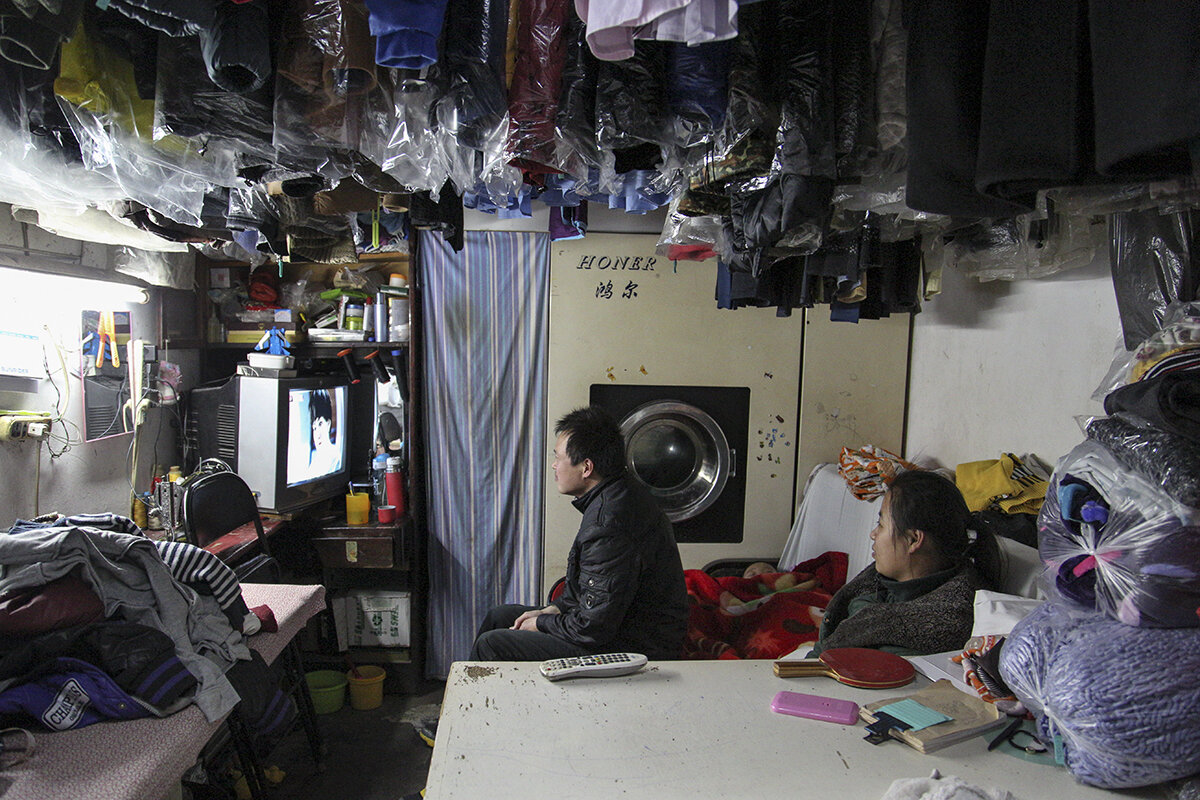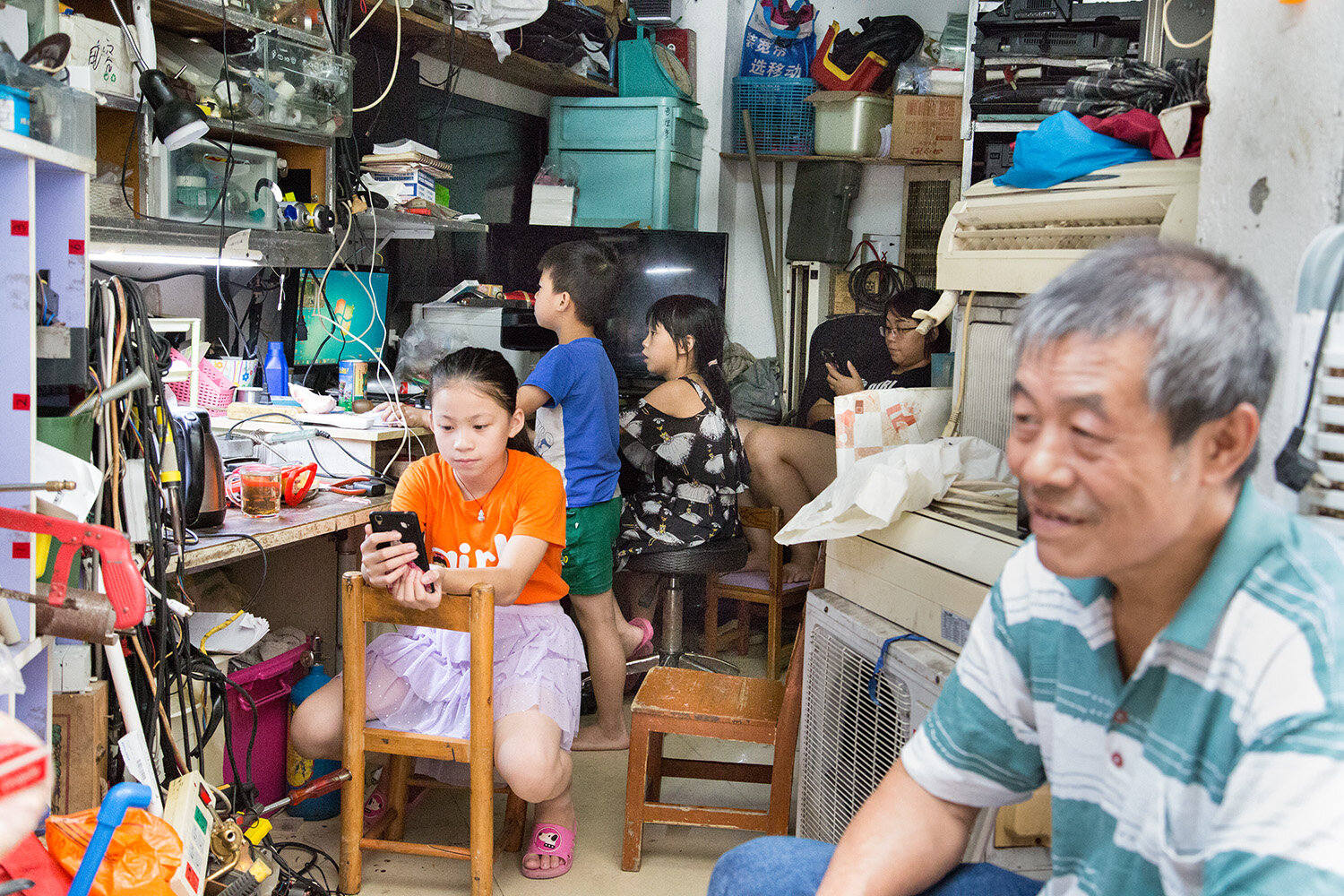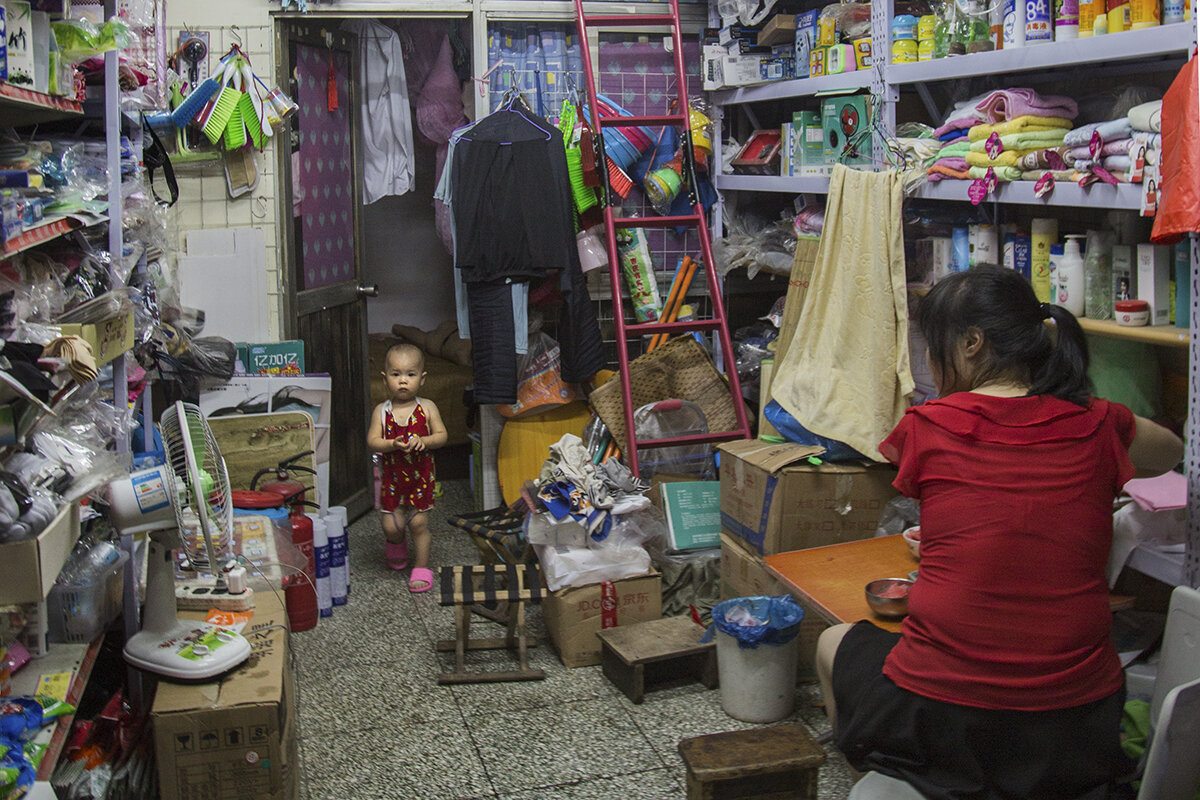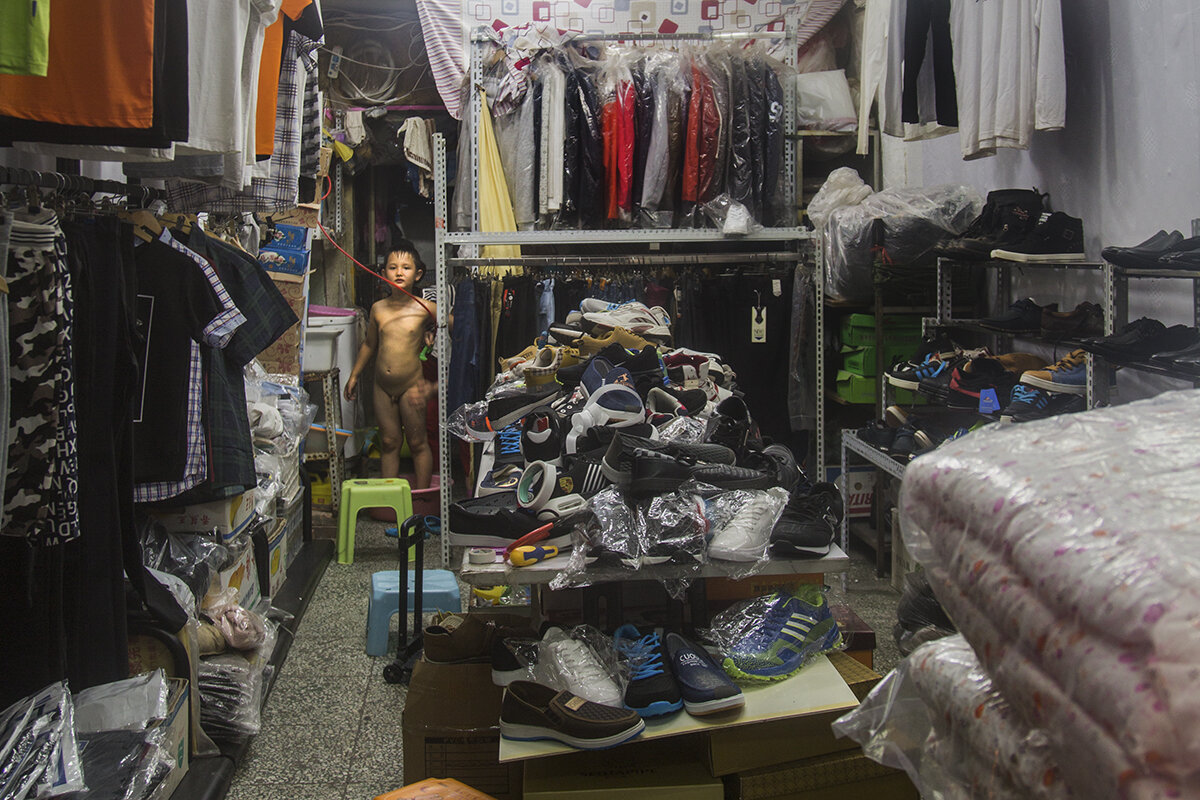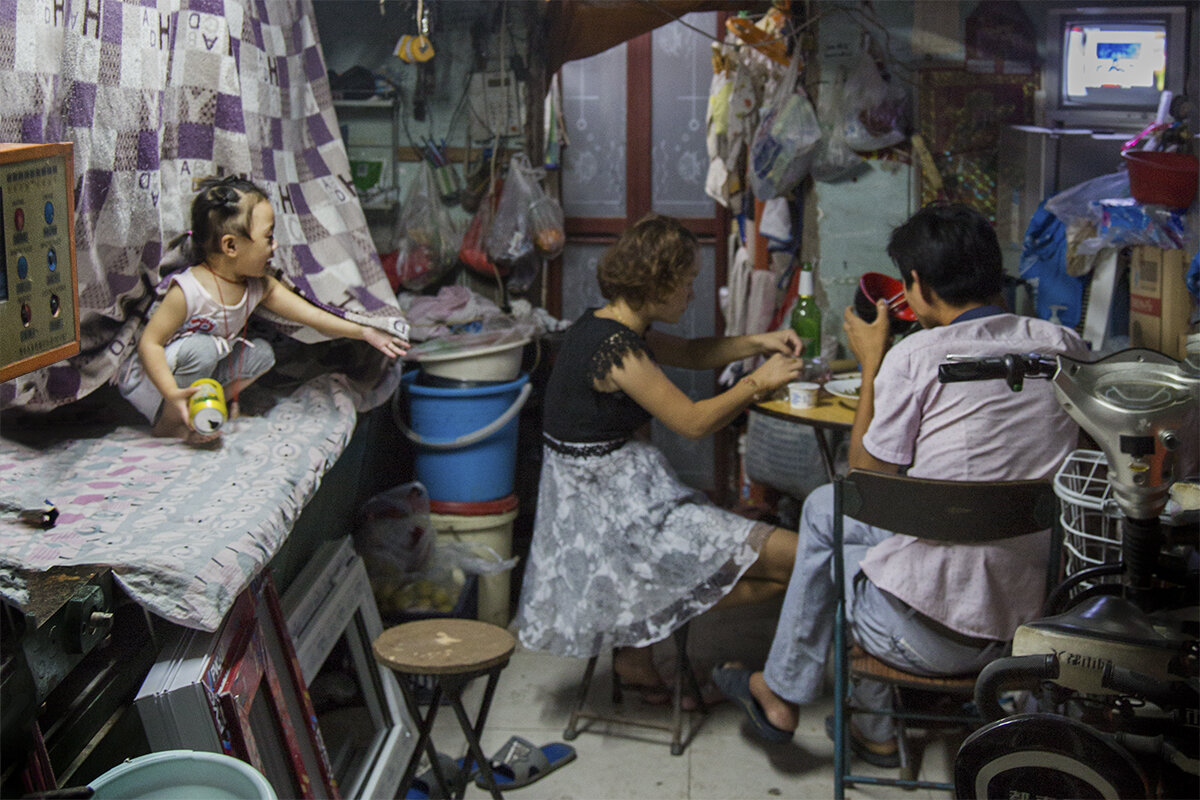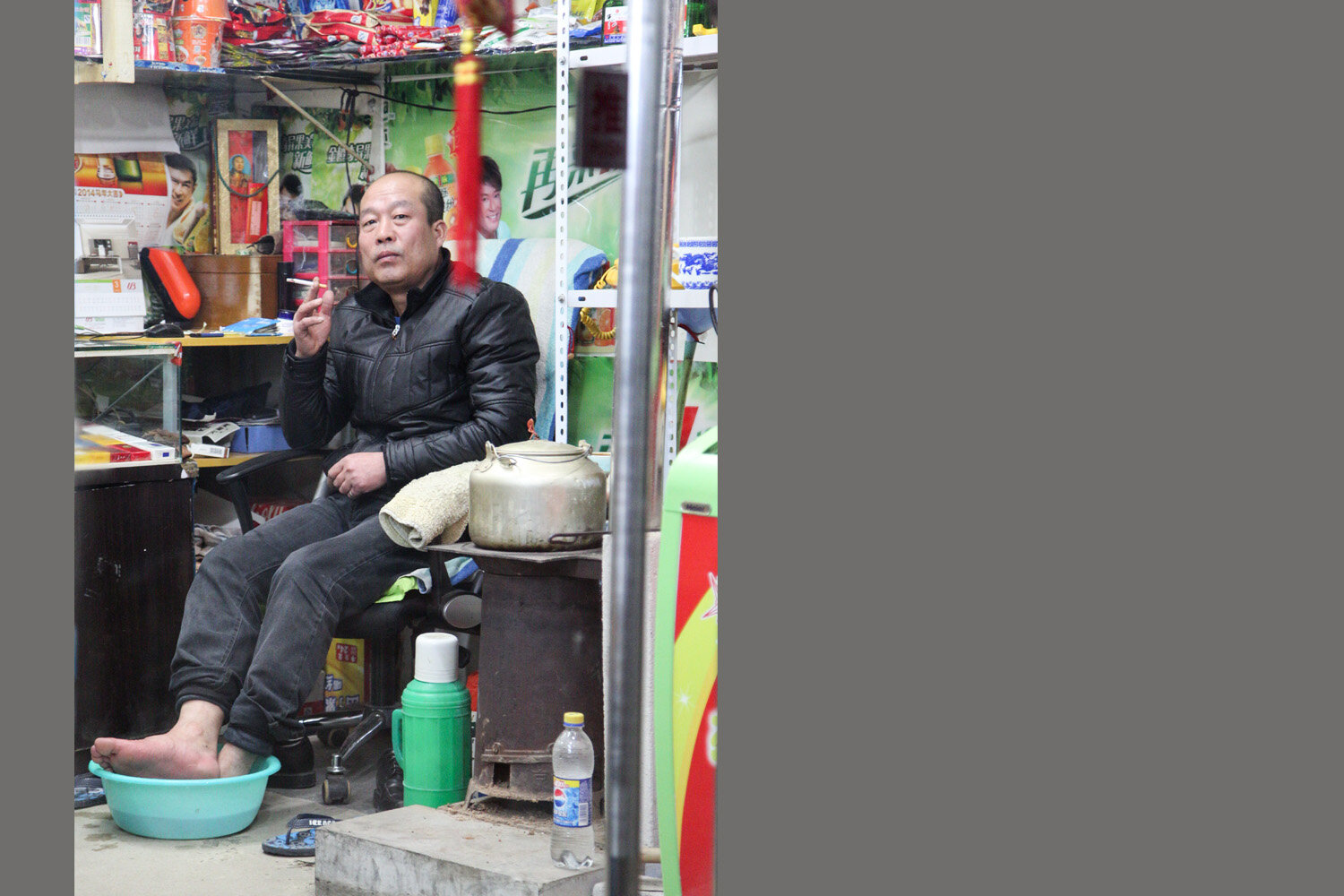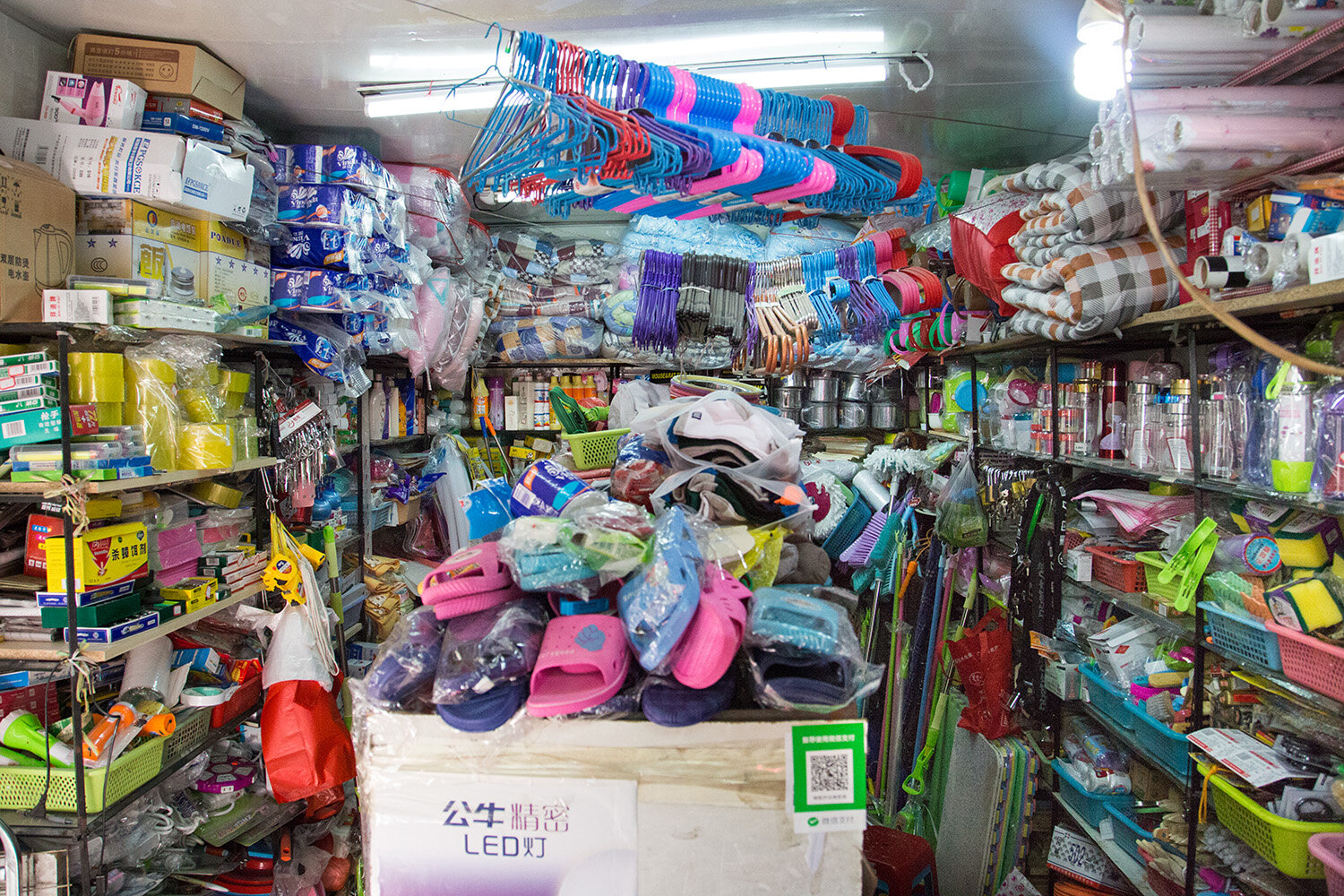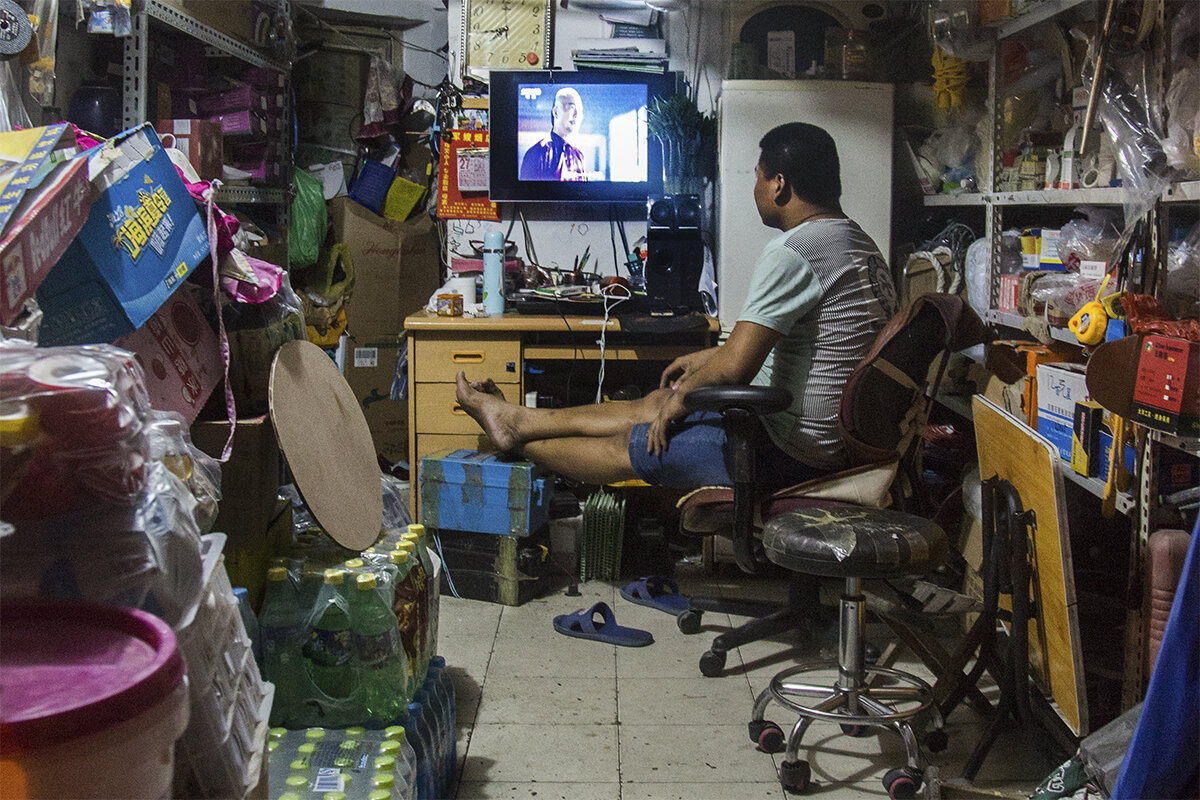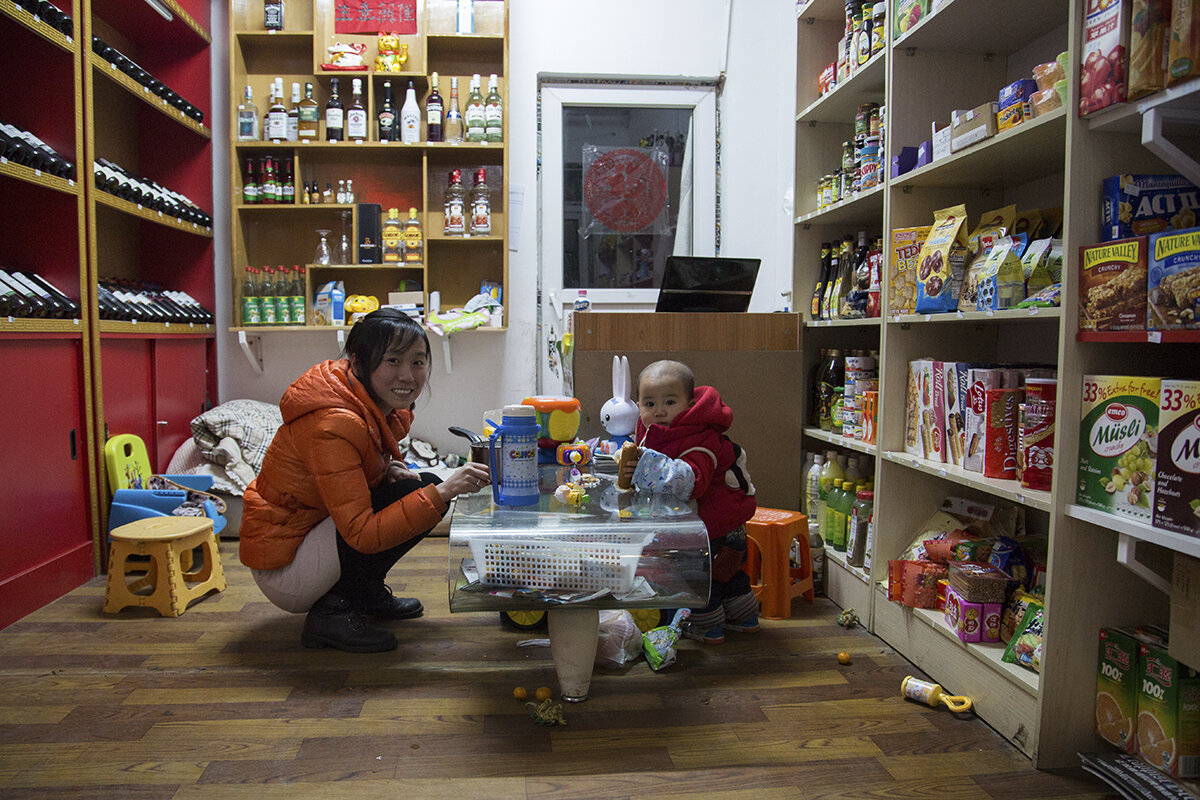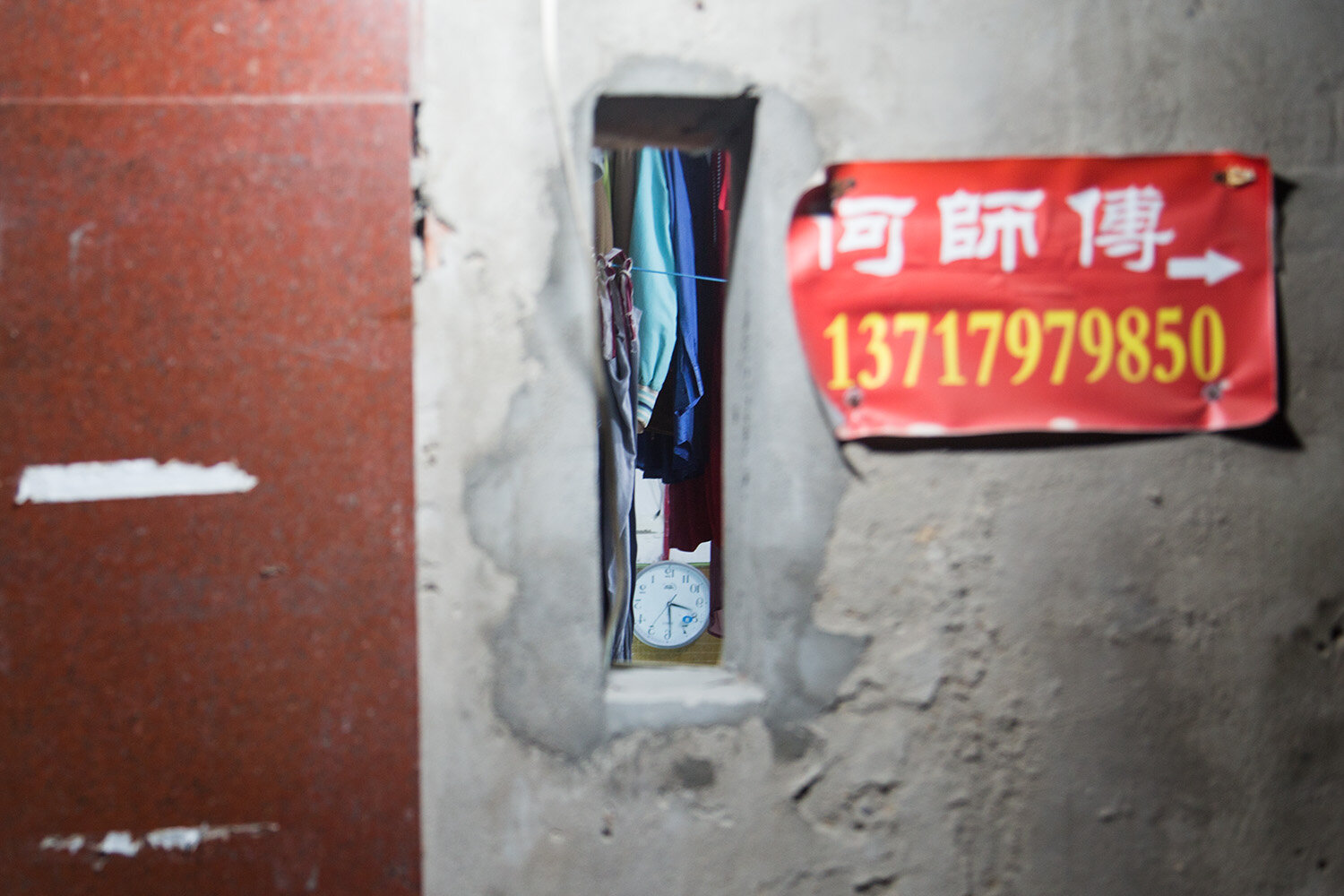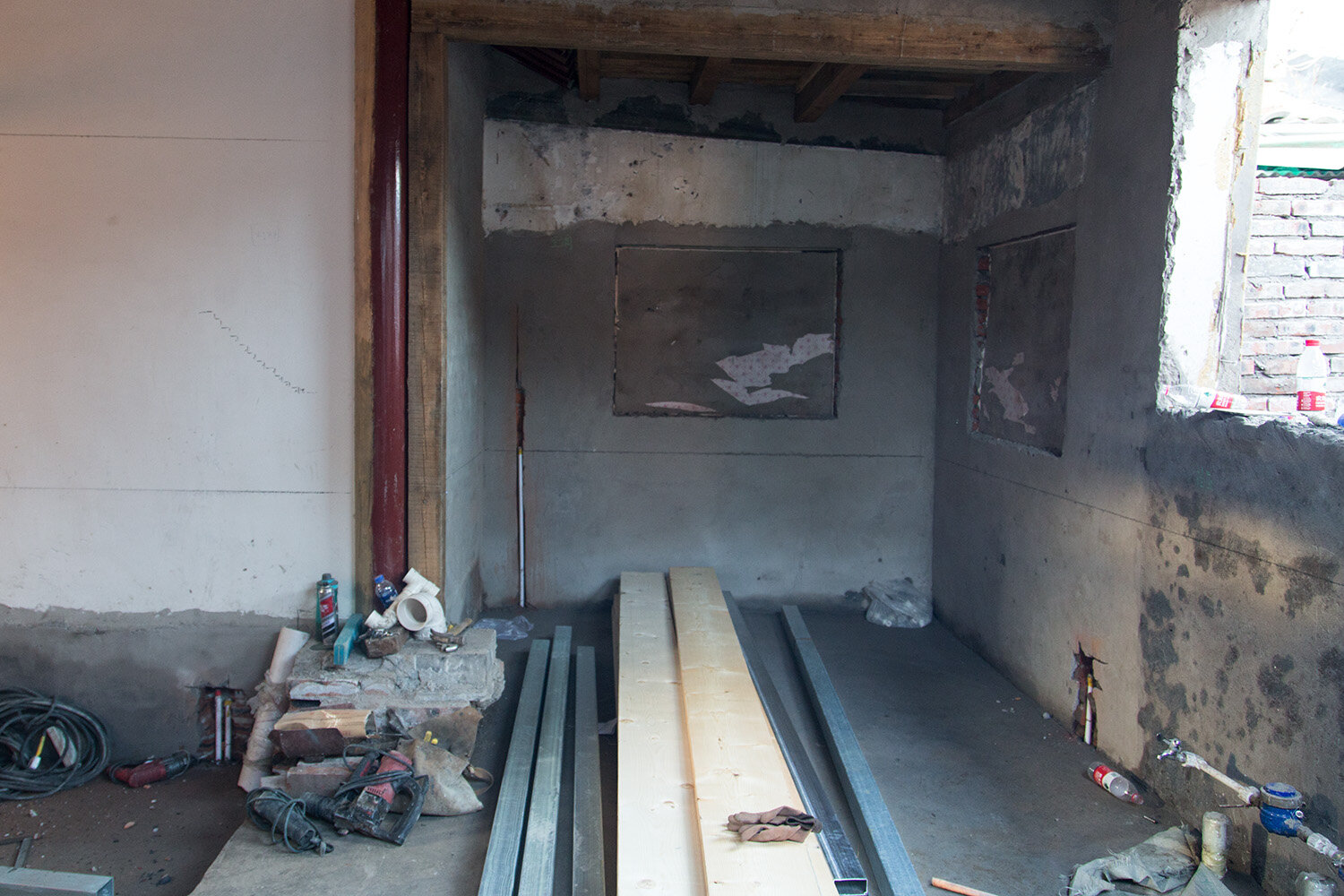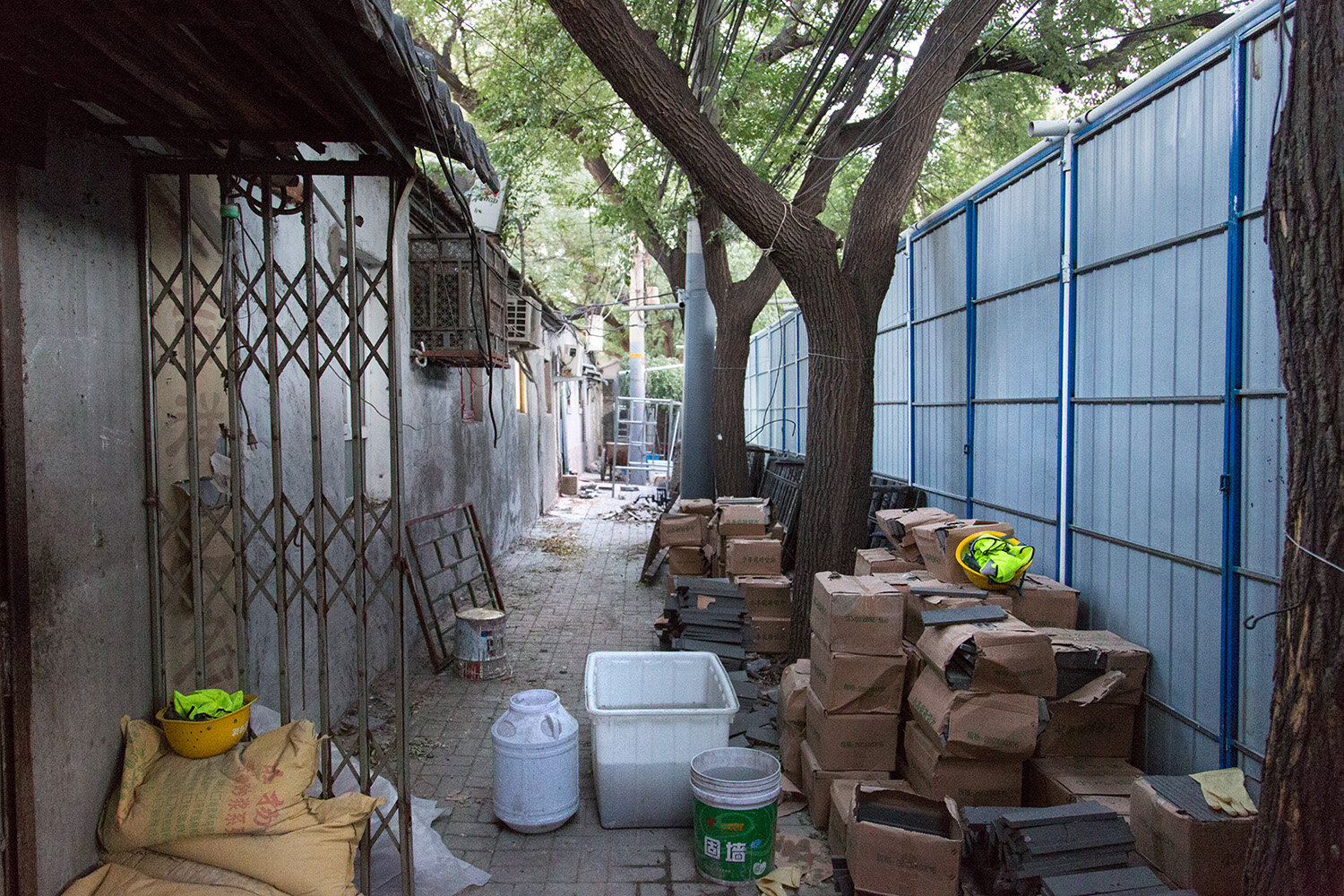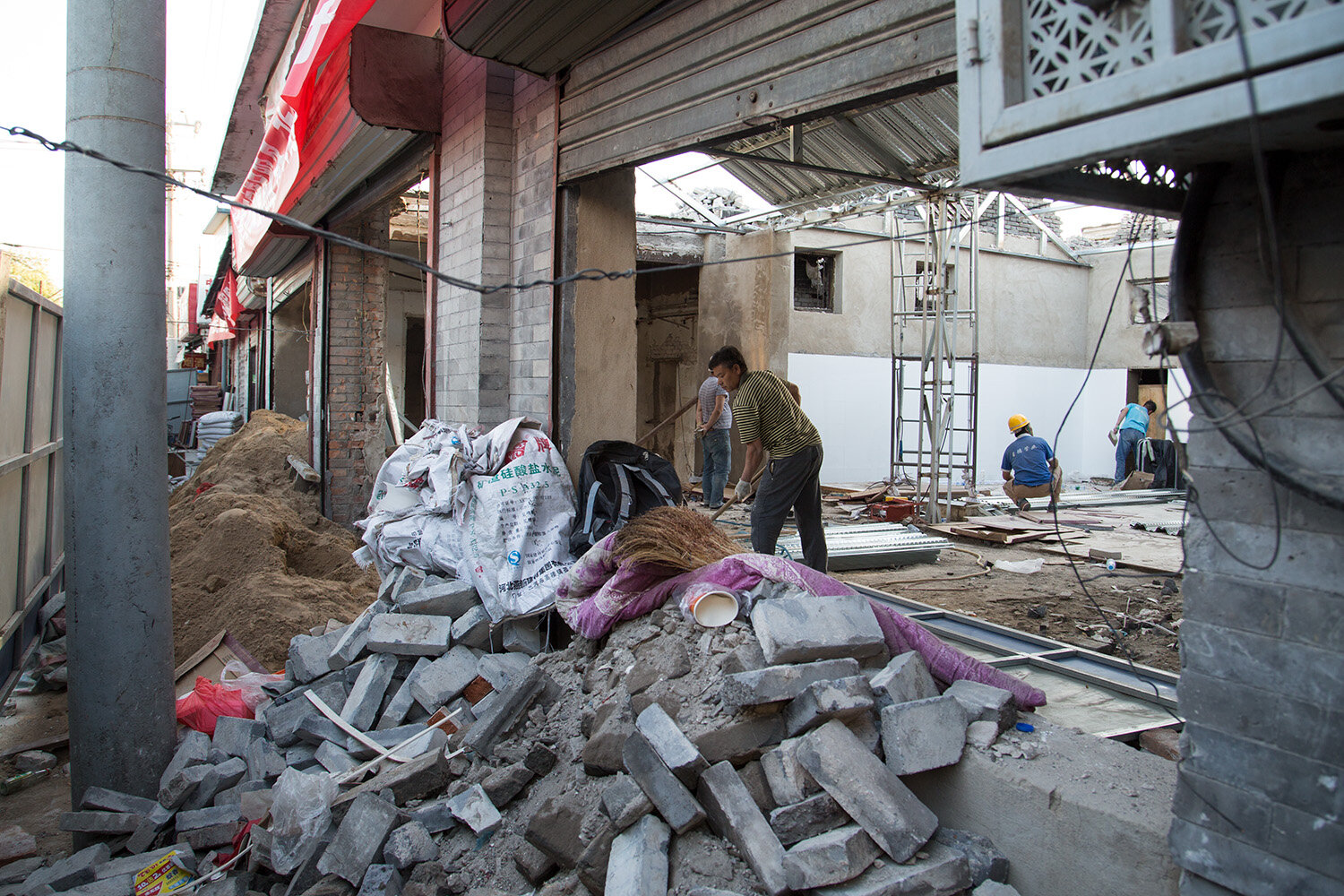Symbiosis
Beijing, China
2014-2018
Hutongs are traditional residential courtyard houses, consisting of low buildings grouped around one or several central courtyards and are the core of Beijing’s urban environment. Hutongs are symbolic of the life and culture of local people in Beijing. In the spring of 1958, Beijing´s Central Government announced that the character of Beijing should change from a Consumer to a Producer city. The resulting emphasis on industrialization, including the construction of communal factories within the inner city, and small business. Workers from the entire country were invited to push the infrastructure. Beijing transformed into a city of workers.
Symbiosis of working and living
China has a long time genius for domestic architecture and traditional dwellings. Chinese have the ability to arrange in very small space, lead back to the population density of the country. In the western sense, the domestic culture is claustrophobic, chaotic and will often refer to the “Compulsive Hoarding Syndrom“. The Chinese culture is not a syndrome but goes back to the lack of space in the big cities after the migrant movement in the '50s. Combined with the fact that living space is often used at the same time as working space to avoid double rents and simply because there is no availability to gain additional space. Over decades people learned to expand their living rooms to the streets and the sense for communities became an important live subsistence for people outside their four walls. While we bearly know our neighbors, Chinese megacities still have places that obtain the community aspect. Places that are on the edge to disappear.
Beautification process
According to city data, the number of migrants in Beijing grew fivefold over the past two decades, over 8.2 million in 2015. In 2016 Beijing decided to clean up the city, in a beautification process. This project is a combination of four characters in Chinese:
开墙打沟 (kāi qiáng dǎ dòng)
Kaiqiang means to build a wall, and dadong means to create an opening.
Since then, Beijing has fought their growth, starting with the lower class of people, the migrant workers once immigrated to help the infrastructure and industrialization of the City. After years of destruction and urban growth, the rapid urban development and change of Beijing are transforming and erasing the older neighborhoods constantly. Many inhabitants facing resettlement and eviction through the beautification processes of the major cities in China.
Personal conclusion
But while the closing of migrant businesses may make the hutongs look cleaner, it’s not clear if these hutong “restorations“ have historical value. The spirit of a place can be regarded as the sum of cultures manifested through both tangible and intangible elements of a place, from the architecture, the natural settings, to daily activities, as well as the traditions and customs, and the way of life, of the owning community. The task of protecting the spirit of a place, therefore, encompasses not only individual structures and their settings, but also the way that people interact with their place.
Book Dummy
My finished project is presented in book form, using a traditional Chinese bookbinding art call Dragon Scale bookbinding. This is a lost Chinese art, which can be traced back over 1,000 years to the Tang dynasty when Dragon Scale was once reserved for the very wealthy and privileged class of Chinese people. Using a folding technique as a stylistic device, each side bears a picture at the end of each page so that all pages together unfold one large picture. All pages are printed on a thin rice paper in one piece and then folded into one another; a chapter can be over 20 meters long! Each chapter is dedicated to a city. The end result is a foldable book handmade by a precise procedure.
Exhibition
The project is a complex installation of flexible frames which are movable and can be viewed from both sides. One such frame shows the history and change of the Hutong life in Beijing documented in the time period of 2014-2018. Past and present of Beijing's Hutongs, an aftermath overview caused by the demolition and deconstruction of Chinese authorities. Each frame has on its outside edge a slice of a picture, by moving them together, all frames built one image, which can be seen from distance. This technique repeats the same approach as in the Chinese dragon scale book art made by the artist.
The installation shows two chapters on the wall, following the same concept as in the book, separated from one large framed photograph in the middle, accompanied by a reproduction of an architectural scale model, to visualize the Hutong structure in Beijing.
Installation
Januar 2020

